A Guide to Creating Evergreen Content - Timeless Content to Boost SEO Growth
- Published on
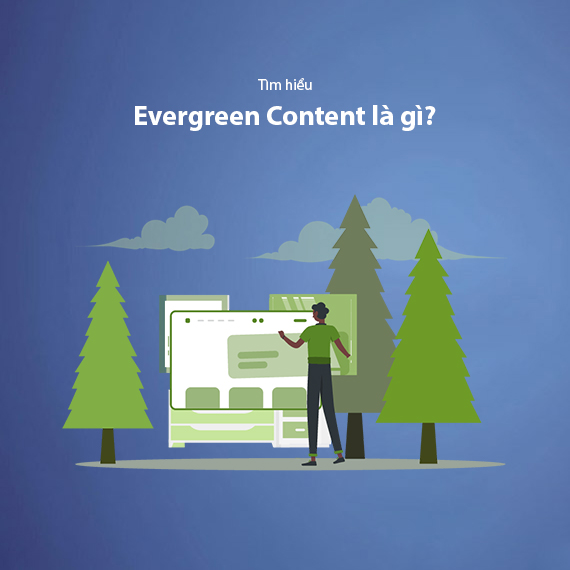
- What is Evergreen Content?
- The Role of Evergreen Content
- Popular Types of Evergreen Content
- Types of Content That Are Not Evergreen
- Detailed Process for Creating Effective Evergreen Content
- Keyword Research for Sustainability
- Identifying Long-Lasting Topics
- Structuring and Writing Detailed Content
- On-Page SEO Optimization
- Create Engaging and Visual Content
- Monitor and Update Content Regularly
- Promote Content for Better Reach
- Track Performance and Adjust
- Examples of Evergreen Content in Practice
- Tips for Maximizing the Value of Evergreen Content
- Optimize SEO from the Start
- Regular Content Promotion
- Update Content Periodically
- Repurpose Evergreen Content in Different Formats
- Measure and Optimize Article Performance
- Conclusion
What is Evergreen Content?
Evergreen Content or timeless content is content that holds long-term value, unaffected by time, and consistently useful to readers. Unlike time-sensitive articles such as news or event reports, evergreen content remains relevant and provides essential information even years after publication. For example, an article like "How to Cook Rice Perfectly Using a Rice Cooker" will always be sought after, regardless of current trends.
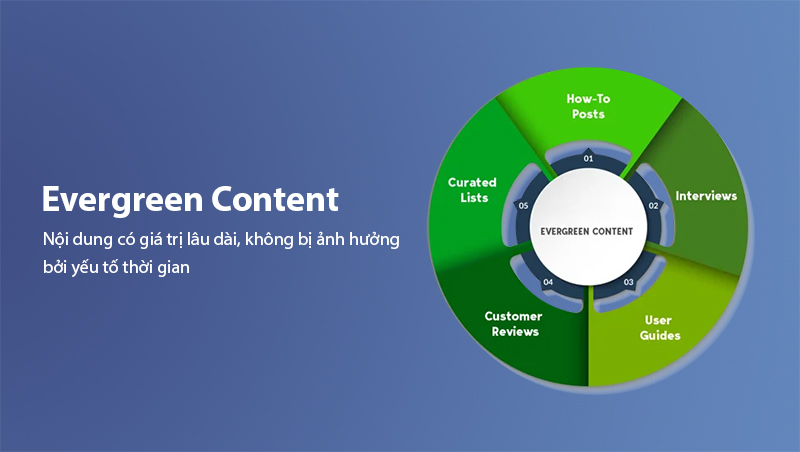
This type of content helps achieve sustainable SEO growth thanks to its ability to maintain stable traffic, reducing the need to update articles frequently. If you're building a long-term Content Marketing strategy, evergreen content is an ideal choice to retain readers and improve keyword rankings on Google.
The Role of Evergreen Content
Evergreen content plays a crucial role in building and maintaining the effectiveness of SEO and Content Marketing strategies. Instead of creating articles with a short lifespan, evergreen content helps websites maintain steady organic traffic without requiring frequent updates or replacements.
Some key benefits of evergreen content include:
- Increase in long-term traffic: Since it consistently addresses user needs, this type of content continues to attract significant traffic even long after publication.
- Improvement in keyword rankings on Google: Search engines prioritize articles with sustainable value closely linked to user intent.
- Building credibility and expertise: Evergreen articles showcase in-depth knowledge of specific topics, enhancing the trustworthiness of your brand.
Therefore, investing in this type of content is not only a cost-effective solution but also a solid foundation for sustainable website growth.
Popular Types of Evergreen Content
There are many types of Evergreen Content, each designed to provide lasting value to readers and maintain engagement over time. Below are some common formats you can consider when creating timeless content:
- How-to guides: These articles provide step-by-step instructions to complete a task or solve a problem. Example: "How to Optimize Website Speed for Beginners."
- Listicles: This format compiles tips, tools, or useful information into a list. Example: "10 Best Free Keyword Research Tools in 2025."
- Terminology definitions: Articles that explain common terms or concepts, such as "What is Evergreen Content?" or "What is SEO On-Page?"
- Tips and tricks: These articles share quick tips or practical experiences that readers can easily apply. Example: "5 Tips to Improve Conversion Rates in Marketing Campaigns."
Diversifying your evergreen content formats will help you attract a broader audience and increase the time users spend on your website.
Types of Content That Are Not Evergreen
Although Evergreen Content is sustainable over time, not all types of content fall into this category. Below are some types of content that are not considered evergreen due to their time sensitivity and potential to become outdated:
- News and current events: Articles related to current events or breaking news, such as "2025 Election Results" or "Company A's New Product Launch," only have value for a short period.
- Trending topics: These are articles that follow trends, such as "How to Create Videos with TikTok Trendy Effects." They may attract high traffic in the short term but quickly lose relevance once the trend fades.
- Reports and yearly statistics: Reports on data, such as "2023 SEO Report," will become outdated when newer data is available.
- Promotional or seasonal event articles: Examples include "Black Friday 2024 Sale Promotions," which only hold significance during the event period.
These types of content may generate significant short-term traffic but are less viable for long-term use compared to Evergreen Content. To optimize both short- and long-term performance, you should combine trend-based articles with evergreen content to create a balanced content ecosystem.
Detailed Process for Creating Effective Evergreen Content
To create high-quality Evergreen Content that drives long-lasting SEO results, you need to follow a structured process and optimize each step. Below is a detailed guide to help you create timeless content that engages users and maintains stable traffic.
Keyword Research for Sustainability
Objective: Identify keywords that not only have high search volume but also maintain stability over time.
- Use tools such as Google Keyword Planner, Ahrefs, or Google Trends to review keyword search trends over the years.
- Prioritize keywords related to basic topics that are unaffected by short-term trends, such as "How to Take Care of Acne-Prone Skin" instead of "Skincare Trends 2025."
- Avoid seasonal or short-lived keywords like "2025 Lunar New Year Discounts" or "Special Event Guide for This Year."
Note: Selecting primary and related keywords not only increases the likelihood of appearing in search results but also helps expand your topic range and optimize internal linking.
Identifying Long-Lasting Topics
Objective: Choose topics that address issues users consistently care about, regardless of the timeframe.
- Prioritize topics such as:
- Basic guides: “How to Lose Weight Healthily”
- Terminology explanations: “What is SEO?”
- Life hacks: “5 Effective Ways to Save Money in Daily Life.”
- Focus on commonly asked questions on search engines, such as "How to…?" or "What is the best way to...?"
- Avoid topics related to events, rapidly evolving technology, or those prone to frequent changes.
Tip: Check the top-ranking articles in your niche to find content gaps you can capitalize on.
Structuring and Writing Detailed Content
Objective: Provide well-organized, easy-to-read, and comprehensive information.
- Clear structure: Divide the article into sections with subheadings (H2, H3, H4) to help readers easily follow and understand the main points.
- Use lists: Utilize bullet points or numbered lists to present steps or tips clearly.
- Concise sentences: Avoid writing overly long sentences or using overly technical language that could confuse readers.
Example: If the article is "How to Write a Professional CV," clearly list each section, such as personal information, career objective, skills, and work experience.
On-Page SEO Optimization
Objective: Make the article easy for search engines to understand and rank higher.
- Meta title and meta description: Naturally incorporate primary keywords in the title and a concise meta description.
- Subheadings (headings): Include keywords in subheadings appropriately to support SEO while maintaining a natural flow.
- Internal linking: Add links to related articles on your website to increase user retention and distribute SEO strength.
- External linking: Add links to reputable external sources to enhance the article's credibility.
- Image optimization: Name image files descriptively and use ALT tags containing keywords to optimize image SEO.
Don't miss out on our guide on On-Page SEO Optimization for more helpful tips!
Create Engaging and Visual Content
Objective: Increase reader engagement through visuals and formatting.
- Add illustrative images: Use images, charts, or videos to make the content more lively.
- Infographic: If the article contains a lot of data or complex instructions, consider using infographics to present information visually.
- Readable layout: Keep appropriate spacing between paragraphs and use formatting such as bold or italic to emphasize key points.
Monitor and Update Content Regularly
Objective: Ensure that the article remains accurate and valuable for readers.
- Periodically update new information, especially when the article contains data or technologies that may change.
- Check and add new keywords if new search trends related to the topic arise.
- Remove or replace outdated links to ensure the article is not penalized by search engines.
Promote Content for Better Reach
Objective: Distribute the article to a broader audience.
- Share the article on social media channels, forums, or through email newsletters to reach potential readers.
- Use off-page SEO strategies such as building backlinks from reputable websites to improve article rankings.
- If you have a budget, consider promoting the article through Google Ads or other advertising platforms to increase initial visibility.
Track Performance and Adjust
Objective: Evaluate the effectiveness of evergreen content and optimize it for better results.
- Use tools like Google Analytics or Google Search Console to monitor key metrics such as traffic volume, time spent on the page, and bounce rate.
- If the article's traffic shows a decline, review and add new content or update the title to make it more appealing.
Creating Evergreen Content is not simply writing a typical article but rather a combination of research, SEO optimization, and building long-term value. When following these steps correctly, your article can maintain steady traffic, enhance brand credibility, and optimize content marketing costs in the long run.
Examples of Evergreen Content in Practice
To better understand Evergreen Content, here are some typical examples. These articles not only attract a large number of readers but also maintain top rankings in search results for a long time:
-
Detailed How-to Guides:
- Example: "How to Make Soft and Fluffy Sponge Cake at Home"
Step-by-step instructions on topics such as cooking, exercise, or skill learning often have long-lasting value, as they are constantly sought after by users.
- Example: "How to Make Soft and Fluffy Sponge Cake at Home"
-
Terminology Explanation Articles:
- Example: "What is SEO? A Complete Guide to Search Engine Optimization"
Articles explaining basic terms or concepts help new users easily approach the topic and often maintain a steady search volume.
- Example: "What is SEO? A Complete Guide to Search Engine Optimization"
-
Useful Listicles:
- Example: "Top 10 Best Project Management Tools for Businesses"
List-based content featuring tools, tips, or products suitable for many audiences always draws significant readership.
- Example: "Top 10 Best Project Management Tools for Businesses"
-
Life Hacks and Daily Skill Guides:
- Example: "5 Ways to Save Electricity at Home Efficiently"
Practical everyday tips are always of interest because they meet essential user needs.
- Example: "5 Ways to Save Electricity at Home Efficiently"
-
Basic Health and Beauty Guides:
- Example: "How to Safely and Effectively Treat Acne at Home"
Health and beauty topics rarely become outdated as they are consistently relevant to readers.
- Example: "How to Safely and Effectively Treat Acne at Home"
These examples show that Evergreen Content doesn’t have to be overly complex—just focus on solving the problems users frequently encounter. This helps the content stay relevant over time without requiring frequent updates.
Tips for Maximizing the Value of Evergreen Content
To ensure Evergreen Content provides long-lasting effectiveness and maximizes its value for your SEO strategy and website growth, you need effective content management and exploitation methods. Below are key tips to help you make the most of this content type:
Optimize SEO from the Start
- Ensure primary and related keywords are included in key areas such as titles, meta descriptions, headings, and article content.
- Use search engine-friendly URLs that include relevant keywords and are concise.
- Add internal links to related articles on your website to improve user experience and increase page time.
Regular Content Promotion
- Share content on social media channels, relevant forum groups, or via email to subscribers.
- Use natural backlinks from reputable websites to enhance the article's credibility.
- Create periodic promotional campaigns during relevant times (e.g., the beginning of the year or periods when readers look for self-improvement tips).
Update Content Periodically
Although Evergreen Content holds long-term value, certain details such as statistics or reference tools may become outdated over time. Therefore:
- Regularly review the article to update the latest information or make necessary changes.
- Remove or replace broken links or links leading to error pages to maintain user experience and SEO scores.
- Refresh the title or thumbnail image to rejuvenate the article and increase its appeal when users search again.
Repurpose Evergreen Content in Different Formats
An Evergreen article can be repurposed in various formats, such as:
- Turn the article into a tutorial video and share it on YouTube or TikTok.
- Convert the article into an infographic or slide presentation to enhance visual appeal.
- Compile multiple evergreen articles into an ebook or detailed guide.
Measure and Optimize Article Performance
- Use tools like Google Analytics to track important metrics such as traffic volume, bounce rate, and time spent on the page.
- If the article shows signs of declining traffic, review keywords and search trends to adjust the title, meta description, or add more detailed content.
By applying these tips, you will not only maintain the article’s effectiveness over time but also increase its visibility on search engines and keep readers engaged. Evergreen Content can become a key element in building a strong brand and a sustainable content strategy.
Conclusion
Evergreen Content is an essential part of a successful Content Marketing strategy due to its ability to retain long-term value and drive sustainable traffic from search engines. Unlike time-sensitive content, evergreen content consistently meets the information-seeking needs of users in a stable and continuous manner.
By following a detailed process from keyword research, topic selection, to On-Page SEO optimization and periodic updates, you can create high-value articles that not only improve your website's ranking on Google but also build credibility in your field.
Remember, the success of Evergreen Content lies not only in publishing quality content but also in maintaining and promoting it effectively. Don’t forget to incorporate measurement tools to continuously improve your content and best meet your readers' needs.
If you want to explore more tips on building a comprehensive SEO strategy, check out the post Complete SEO Strategy Guide from A to Z.
Latest Posts

Lesson 26. How to Use break, continue, and return in Java | Learn Java Basics
A guide on how to use break, continue, and return statements in Java to control loops and program execution flow effectively.

Lesson 25. The do-while Loop in Java | Learn Basic Java
A detailed guide on the do-while loop in Java, including syntax, usage, examples, and comparison with the while loop.

Lesson 24. How to Convert Decimal to Binary in Java | Learn Basic Java
A guide on how to convert numbers from the decimal system to the binary system in Java using different methods, with illustrative examples.

Lesson 23. How to Use the While Loop in Java | Learn Java Basics
Learn how to use the while loop in Java with syntax, real-world examples, and practical applications in Java programming.
Related Posts
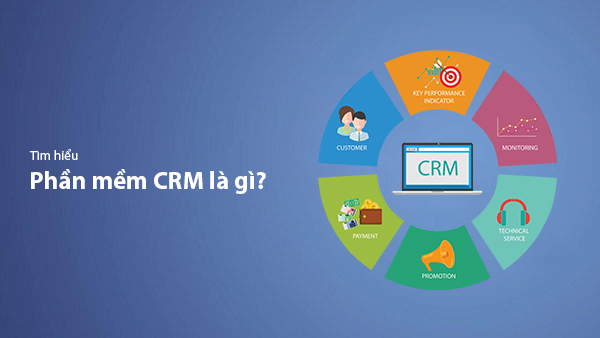
What is CRM Software? Top 15+ Best Customer Relationship Management Software
Discover the definition of CRM software, its role in customer relationship management, and a list of 15+ top CRM solutions to help businesses enhance customer service performance and achieve sustainable growth.
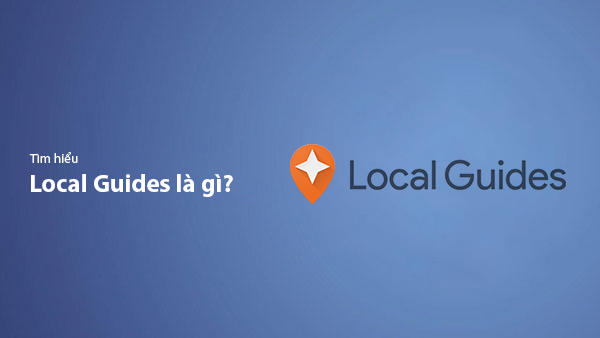
What Is Local Guide? Benefits of Becoming a Local Guide on Google Maps
Local Guide is a community program by Google Maps where users can contribute reviews, photos, and location information to improve map data. This article explains what Local Guide is and the benefits of being an active member.
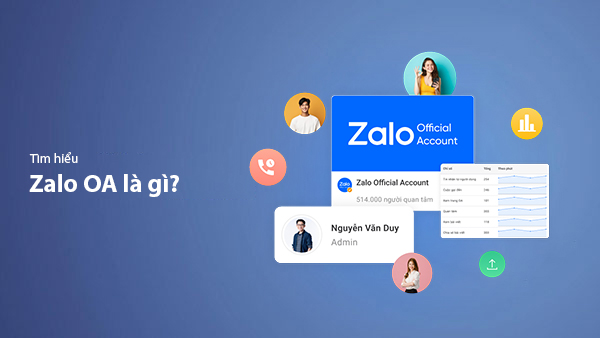
What is Zalo OA? A Detailed Guide to Creating Zalo Official Account for Businesses
Zalo Official Account (Zalo OA) is a crucial tool that helps businesses connect with customers and optimize their online business operations. This article provides a step-by-step guide on how to create a Zalo OA from A to Z.

What is Zalo Ads? A Guide to Running Effective Zalo Ads
Discover what Zalo Ads are and learn how to run effective Zalo advertising campaigns to reach customers and boost sales in the digital era.

